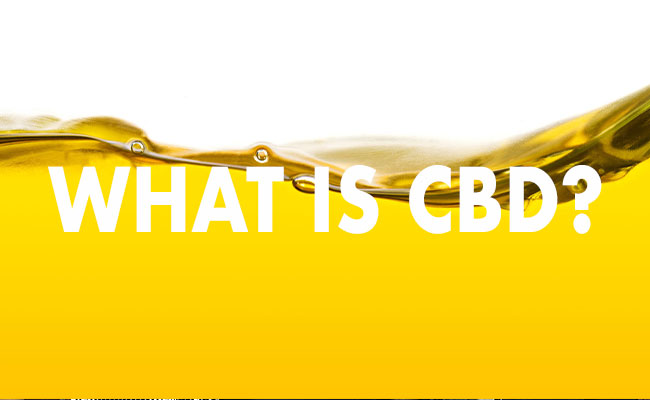
Terpenes 101
WRITTEN BY JESSIE PHIPPS AND DR. SWATHI
There’s more to cannabis than just THC and CBD. Cannabis is known for its abundance of cannabinoids and other therapeutic compounds–including terpenoids, often referred to as ‘terpenes’. Terpenes, found abundantly in cannabis as well as other plants, work as natural pesticides to protect the plant from insects and herbivores. In addition, each plant contains its own unique blend of terpenes, which contributes to the plant’s signature smell, taste, and healing properties. These chemicals play an important role in the overall experience of using cannabis and, most importantly, work synergistically with cannabinoids to provide therapeutic effects.
In botany, terpenes are considered a large and diverse class of organic compounds produced by plants, commonly confused with essential oils. All kinds of plants produce terpenes—this includes not just your everyday fruits and veggies but trees, grasses, and flowers as well! They are also naturally produced by our bodies in small amounts. The prefix terp- means delicate or fragile, which these compounds consistently demonstrate as true. Of note, the US Food and Drug Administration recognizes terpenoids as safe. The terpenoid profile of any cannabis plant can be determined by laboratory analysis, and it is this make-up, along with the cannabinoid profile that helps determine which therapeutic benefits will be derived.
Terpenes originate from a parent compound called isoprene, which occurs naturally in nature. A few examples of common terpenes are:
- limonene gives certain fruits their characteristic clean, lemony-citrus taste and smell
- pinene is responsible for a piney aroma found in herbs like rosemary and thyme
These terpenes have far greater benefits than their pleasant smell. We know that different strains of cannabis have different effects when consumed—this is largely due to their unique mix of terpenes. Many have been linked to positive health effects like anxiety relief and antibacterial properties, and recent studies suggest that others such as beta-caryophyllene and myrcene could help increase immunity, relieve stress, and reduce inflammation.
As with all things cannabis-related, there is still much to discover about these compounds; only recently has research begun to explore their roles within CBD products and overall health benefits. Expect more discoveries about these compounds in coming years! So far, over 200 terpenes have been identified by experts—and you can check out our other blog series on terpenes to learn more!
References
- Sommano SR, Chittasupho C, Ruksiriwanich W, Jantrawut P. The Cannabis Terpenes. Molecules. 2020;25(24):5792. Published 2020 Dec 8. doi:10.3390/molecules25245792
- Cox-Georgian D, Ramadoss N, Dona C, Basu C. Therapeutic and Medicinal Uses of Terpenes. Medicinal Plants. 2019;333-359. Published 2019 Nov 12. doi:10.1007/978-3-030-31269-5_15
--
This article was edited by Dr. Swathi and was written by Element Apothec Scientific Communications Intern, Jessie Phipps. She is a Doctor of Pharmacy (PharmD) student at Nova Southeastern University College of Pharmacy in Davie, Florida.











